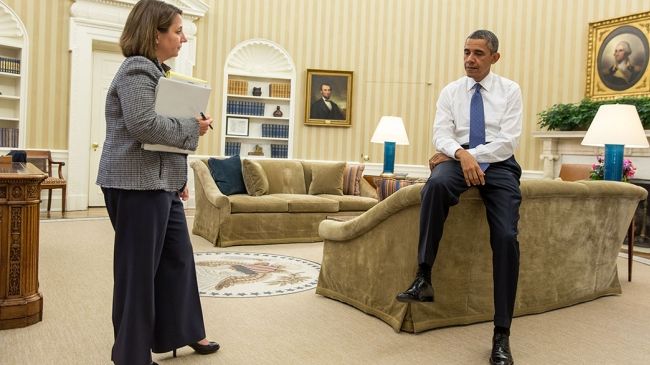
White House Homeland Security and Counterterrorism Adviser Lisa Monaco has suggested that confrontational behavior in American children can turn them into terrorists.
"Parents might see sudden personality changes in their children at home - becoming confrontational," Monaco said during a speech at the Harvard Kennedy School Forum earlier this week.
"Religious leaders might notice unexpected clashes over ideological differences. Teachers might hear a student expressing an interest in traveling to a conflict zone overseas. Or friends might notice a new interest in watching or sharing violent material," she added.
"The government is rarely in position to observe these early signals, so we need to do more to help communities understand the warning signs, and then work together to intervene before an incident can occur," President Barack Obama's adviser warned.
According to Infowars.com, the US government has broadened its definition of what constitutes potential terrorism to such a degree that the term has lost all meaning and is clearly being used as a political tool to demonize adversarial political activism.
"President Obama has been laser-focused on making sure we use all the elements of our national power to protect Americans, including developing the first government-wide strategy to prevent violent extremism in the United States," Monaco said. "At the same time, we recognize that there are limits to what the federal government can do."
The counterterrorism chief also urged local communities to share some responsibility in awareness of possible terrorist threats within the United States.
"Local communities are the most powerful asset we have in the struggle against violence and violent extremism," said Monaco. "We've crunched the data on this. In the more than 80 percent of cases involving homegrown violent extremists, people in the community - whether peers or family members or authority figures or even strangers - had observed warning signs a person was becoming radicalized to violence."



So the idea is to criminalize the adolescent "rebellious" phase. Pretty self-destructive.